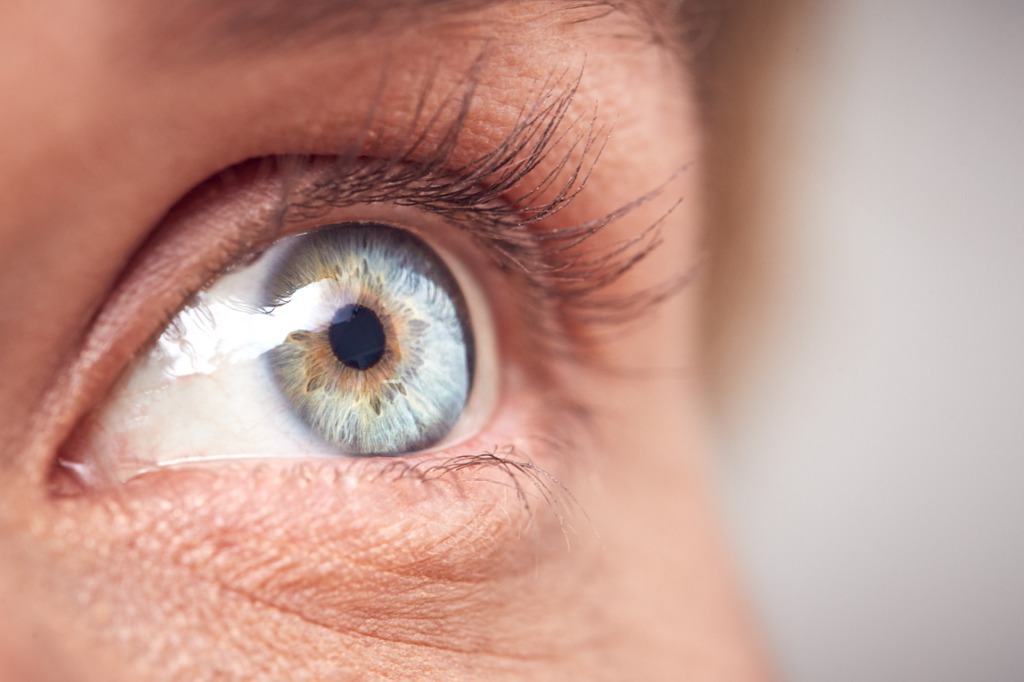
November is Diabetic Eye Disease Month, but it’s important to talk about this leading cause of blindness all year long. According to the Centers for Disease Control and Prevention (CDC), 90% of vision loss from diabetes can be prevented. The key is early detection and awareness.
What is Diabetes?
Diabetes is a chronic disease that occurs when there is too much sugar in the blood. When a person has diabetes, their body either can’t make insulin (a hormone that helps your body use sugar for energy) or can’t use insulin properly. Insulin helps sugar move from the bloodstream into the cells, where it’s used for energy. When sugar can’t get into the cells, it builds up in the bloodstream. Over time, this can damage the eyes, kidneys, and nerves.
Types of Diabetes
There are two main types of diabetes: type 1 and type 2. Type 1 diabetes is usually diagnosed in children and young adults. With type 1 diabetes, the body either does not make insulin at all or makes too little.
With type 2 diabetes, the body doesn’t make enough insulin or the cells can’t use insulin properly. This form of diabetes usually occurs in adults but is now being seen more often in children and adolescents due to the obesity epidemic.
What is Diabetic Eye Disease?
Diabetic eye disease doesn’t refer to a single condition at all but is an umbrella term used to describe all of the eye problems that can occur as a result of diabetes. These include diabetic retinopathy, glaucoma, cataracts and diabetic macular edema.
Diabetic Retinopathy
Diabetic retinopathy is the most common type of diabetic eye disease. It occurs when diabetes damages the tiny blood vessels inside the retina, the light-sensitive tissue at the back of the eye. These damaged blood vessels can leak fluid or even close off completely. In time, diabetic retinopathy can lead to vision loss or even blindness.
Diabetic Macular Edema
Diabetic macular edema (DME) is a build-up of fluid in the macula, the part of the eye responsible for central vision. DME is a serious complication of diabetic retinopathy and can lead to vision loss.
Cataracts
A cataract is a clouding of the eye’s lens. Cataracts are common in older adults, but people with diabetes are more likely to develop them at an earlier age.
Glaucoma
Glaucoma is a group of conditions that damage the optic nerve. The optic nerve is responsible for carrying images from the eye to the brain. With glaucoma, pressure builds up in the eye, leading to irreversible vision loss. Having diabetes doubles your chance of getting glaucoma.
Steps to Prevent Diabetic Eye Disease
The best way to prevent diabetic eye disease is to keep blood sugar levels under control. This can be done through diet, exercise, and medication. Patients should also have regular eye exams, even if their vision seems fine and never skip the follow-up exams that their ophthalmologist recommends. Early detection and treatment of diabetic eye disease can prevent vision loss.
Maintain Healthy Vision with Cascade Eye & Skin Centers
Cascade Eye & Skin Centers is committed to helping patients achieve and maintain healthy vision. We offer comprehensive eye exams, as well as treatment for a variety of eye conditions, including diabetic eye disease. Schedule an appointment at one of our convenient locations today using our online scheduling tool, or call your nearest office.




